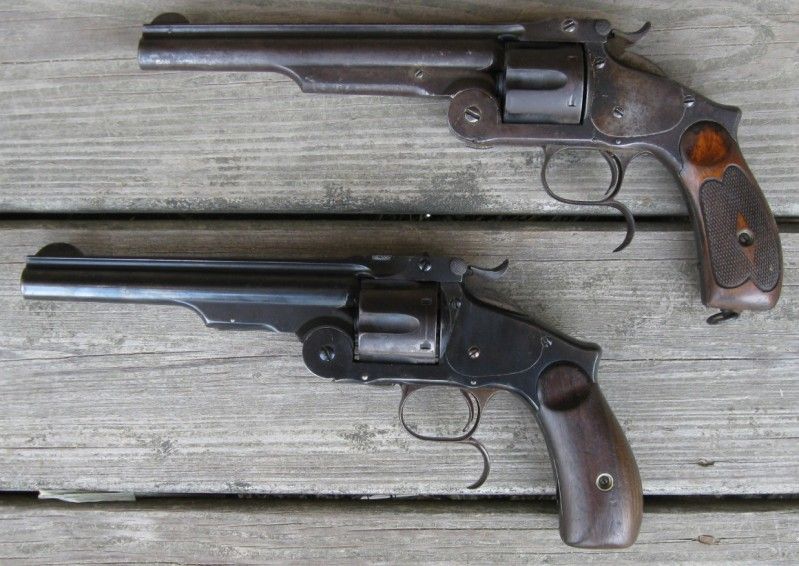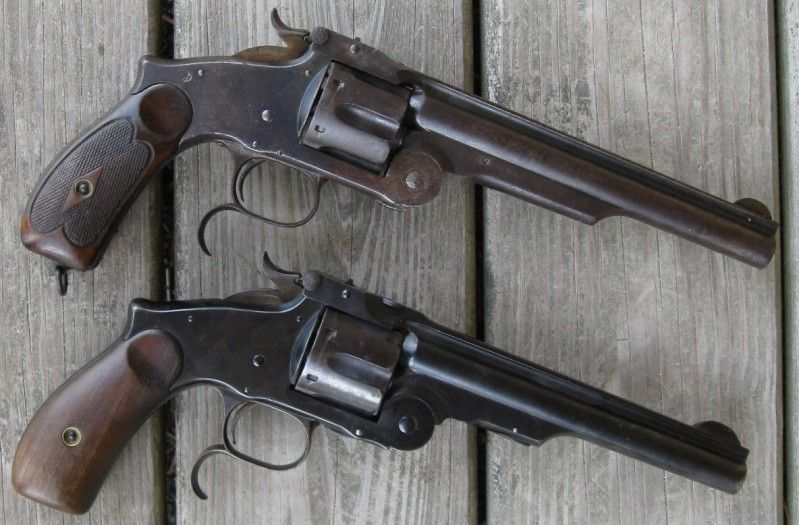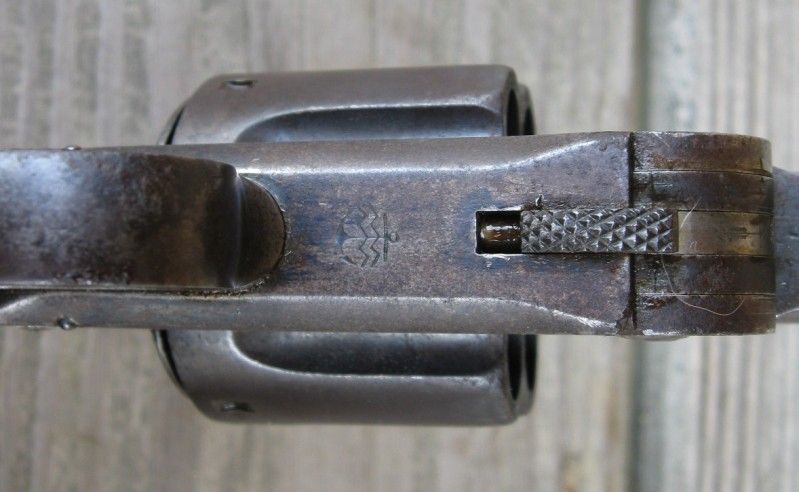Hello gentlemen, Happy New Year ! My good friend of 30+ years received this Colt from his distant aunt about 20 years ago....It's a Military Colt that was taken from Japanese pilot that was shot down,his Uncle got to keep the captured gun ....It is a Colt D/A Army revolver Model 1894 ,( I believe it was manufactured in 1897),and shoots a BP load that would be called a 38 Long Colt .NOT a 38 Special. I finally got permission from my friend to put the gun on the internet to get an idea of what it is worth ,the s/n is 10528J, what does the "J" stand for ???? It's in rough shape,as it is over 100 years old,and we have not written Colt for a letter , but may do so in the future !
any input would be appreciated .
There is a RAC stamped on the pistol ???? Here are some pic's.
TY Big Bird






any input would be appreciated .
There is a RAC stamped on the pistol ???? Here are some pic's.
TY Big Bird











